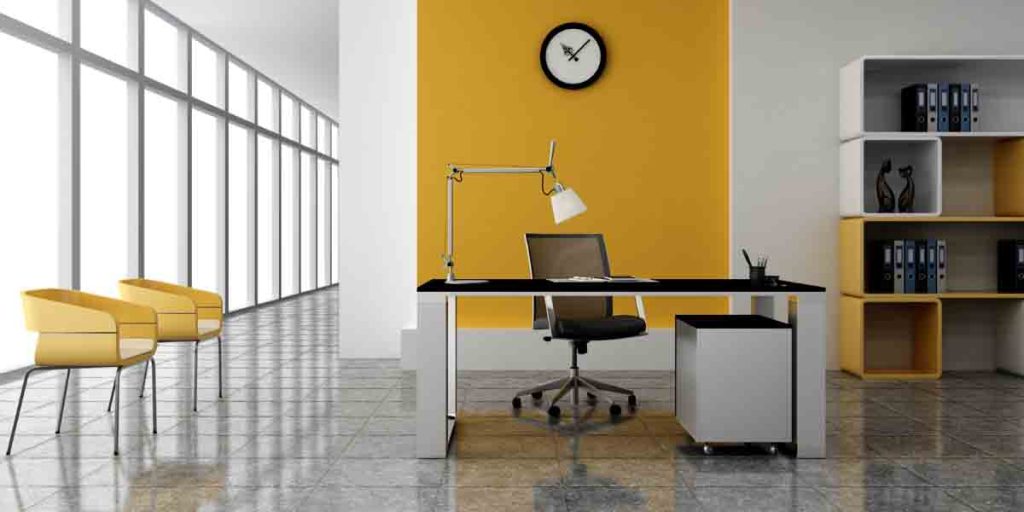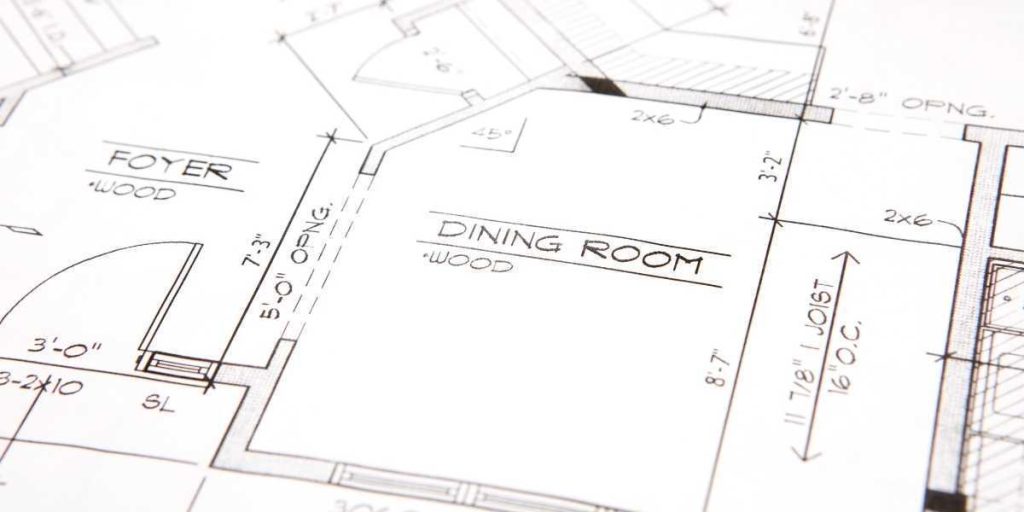
How Much Office Space Do You Need?
Miscalculating the office space they need is something many companies are guilty of. While seemingly harmless, miscalculating the office space will not only have a huge impact on the business but on the finances as well.
Calculating the office space one needs is not an exact science. However, most people think they need to come up with a specific number. Understandably, space requirements can vary from one company to another. It can also vary by geographic area and industry.

Typical Space Requirements
Nowadays, companies must figure out the kind of layout that best suits their business: closed space, open space, or a combination of both. The open space setup is quite popular nowadays. With the open space plan, there are no private offices. In other words, everyone sits together in a large room, at tables, or in cubicle clusters.
There is also the conventional office set up where there is a hard-wall layout and you can find large conference rooms, private offices, and support rooms like file rooms, kitchens, and libraries. While not as popular as the open space setup, financial institutions and law firms prefer this type of workplace.

Approximate Office Space Needed Per Employee
In London, the most accepted rule is 100 sq. ft. per employee. This means there is roughly 50 sq. ft. for desk space and another 50 for communal areas like meeting rooms, kitchens, and breakout spaces.
In high rent areas, many companies go for a more efficient ratio of 70-80 sq. ft. per person. This will not only allow more effective use of space, but it also gives companies the luxury to adopt space-saving solutions like replacing individual desks with benches or minimising storage facilities.
In areas where rent is low (i.e., located outside the main city), the opposite trend can be observed, with employees enjoying more desk space.

Office Size Guidelines for Specific Areas
If you keep in mind the typical 100 sq. ft. per employee, you need to also accommodate for some facilities such as kitchens, meeting rooms, etc. Below is a quick guide to the approximate space you need for extra facilities:
- Large meeting room (accommodates 4-8 people) – 150 sq. ft.
- Board room (accommodates 15-20 people) – 220 sq.
- Small meeting room (accommodates 2-4 people) – 100 sq. ft.
- Kitchenette – 100 sq. ft.
- Manager’s office – 100 sq. ft.
- Conference room/training room – (accommodates 20-30 persons) – 300 sq. ft.
- Small server room – (4 server racks) – 120 sq. ft.
- Senior manager’s office (with a small meeting table) – 200 sq. ft.
- Director’s office (with 4-person meeting table) – 250 sq. ft.

Other Key Factors to Consider
When calculating the office space you need, below are other key factors you need to consider:
The desired shape of your office space
When determining the office space you need, keep in mind that square footage is not always “square.” In some instances, there will be awkwardly shaped floor plans where the space proportion is not usable as a desk area.
There is also a possibility that some areas of the office space are situated far from natural windows and lights and might have a negative impact on team morale. It is important to also consider the ceiling heights. This is especially true for loft offices as the roof may be too low to accommodate desks.
Room to grow
If the current team does not fill out the space you are moving into but you expect to double your headcount in the coming months, you have a few options:
- Give employees more space in the beginning then gradually reduce space as the company expands. It will not do much for morale if you take space away from employees every 3 to 6 months.
- It would also be a good idea to set aside space for new employees and close it off. Also, consider filling spaces gradually as you expand and hire more people.
- You can also set aside a space for new employees and license out any empty space on a desk-by-desk basis on monthly rolling contracts. This allows you to earn income from spare desks rather than just allowing them to sit empty.
Conclusion
The way people use office space has changed dramatically over the years. Many years prior, the consensus was it would be best for people to work in their own private offices. Nowadays, it is believed that open-plan spaces are more ideal as it not only fosters efficiency and creativity, but it also encourages employee engagement.
Latest Stories
© Innzone Hosting. All rights reserved.